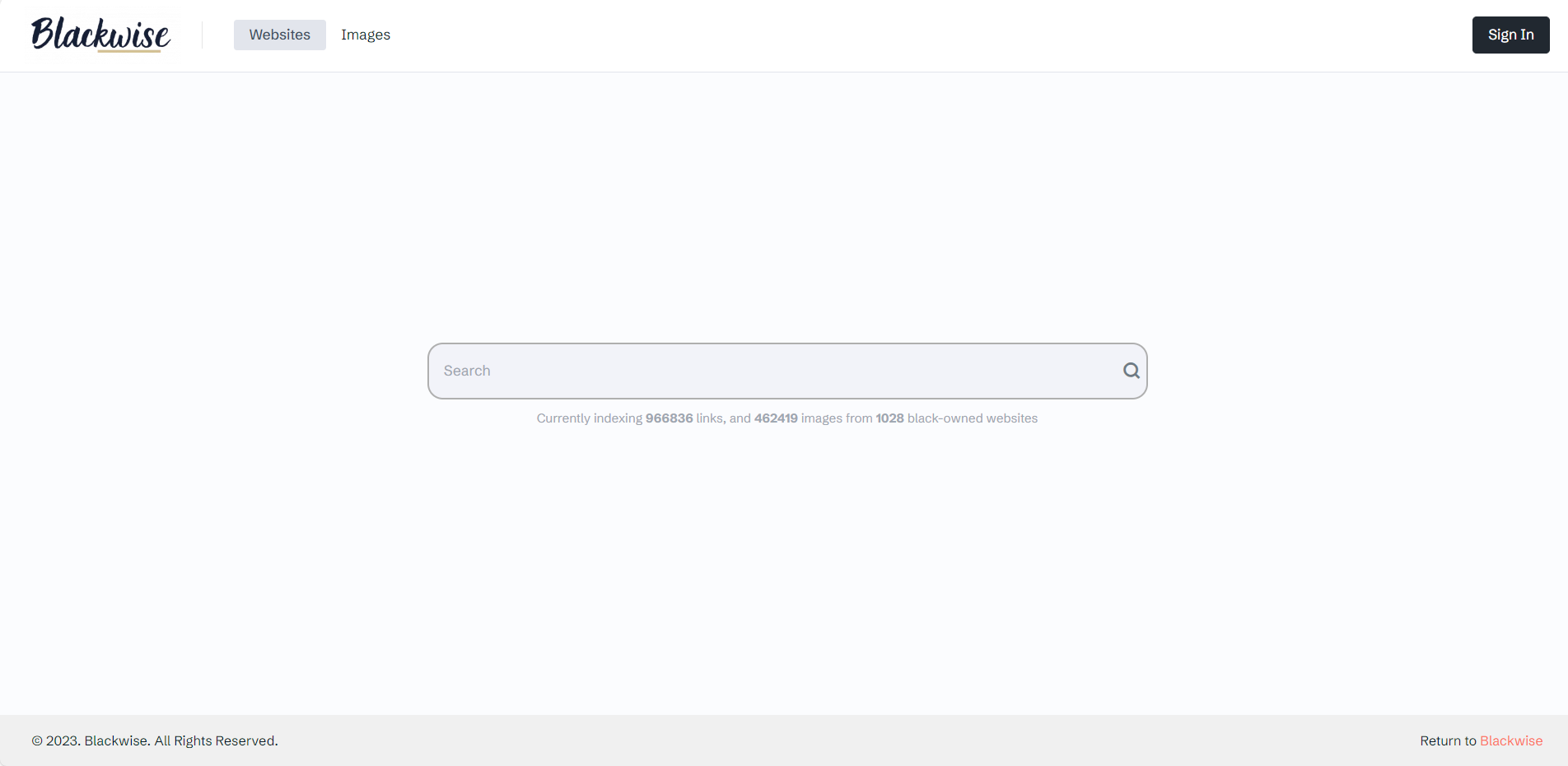Solution and Objectives
Develop an AI-powered search and discovery platform focused on optimizing results relevance through machine learning while avoiding invasive data collection. Proprietary web crawlers would index sites favoring established domains with reputations for publishing thoughtful authoritative, accurate, original analyses over outrage-inducing partisan gossip or spam sites. Quality raters would leverage NLP assessing sentiment, comment sections, and references to flag potential misinformation. Browser diagnostics auditing web vital signs like page speed, security protocols, and accessibility compliance would capture user experience integrity.
Continually learn searcher intent through behaviors like keywords used, content interactions, and voluntary explicit feedback to serve hyper-relevant custom experiences. Build a staffed appeals process allowing sites initially rejected to suggest improvements or dispute decisions. Carefully designed opt-in advertising units could sell impression space similar to Google Ads while upholding strict content policies as direct castigation of the entire model is shortsighted. Provide superior search experience aligned to shifting consumer preferences valuing quality, customization, and privacy over solely maximizing traffic, stickiness, and revenue extraction. Attract niche of conscious users appreciating benefits uniquely enabled as an independent platform not beholden to short-term shareholders.
Technology Planning
Built on scalable Kubernetes cloud infrastructure leveraging Python, Elasticsearch, and React to balance cost efficiency with the ability to handle unpredictable viral spike scenarios. Leveraged distributed data stores for efficient crawling, indexing, querying, and relevance ranking at scale. Custom web crawler and curation algorithms vetted submissions extracting features for quality ratings while personalized recommendation algorithms applied deep learning against growing multivariate usage data over time. Advertising and commerce initiatives mandated policy protections preventing conflicts of interest undermining index integrity and user trust. Focus on sustainable architecture patterns and modularity to facilitate maintaining development velocity across expanding surface area capabilities.





